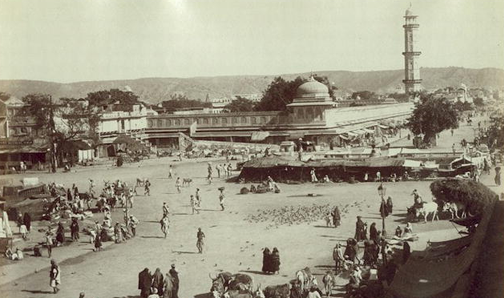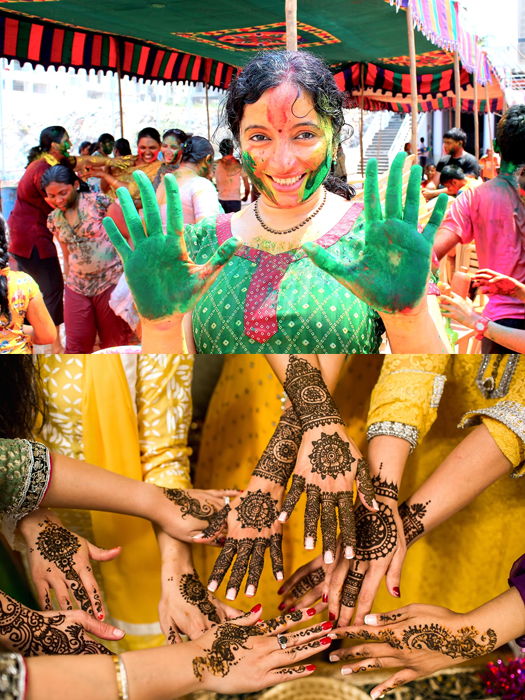Holi (Festival of Colors)
Holi - the festival of colors - is undoubtedly the most fun-filled and boisterous Hindu festival. It's an occasion that brings in unadulterated joy and delight, fun and play, music and dance, and, of course, lots of bright colors!
Gangaur
Gangaur festival is celebrated in honor of Goddess Parvati (Gauri) in March-April. A manifestation of Parvati (Lord Shiva's wife), she represents purity and austerity.
Teej (Fasting Festival for Women)
The Hindu festival of Teej is marked by fasting of women who pray to Lord Shiva and Goddess Parvati, seeking their blessings for marital bliss. It is a three-day festival that occurs on the third day of 'Shukla Paksha' or bright fortnight of the moon in the Hindu month of Shravana or Sawan, which falls during the Indian monsoon season, i.e., July - August.
Diwali (Festival of Lights)
Deepawali or Diwali is undoubtedly the biggest and the brightest of all Hindu festivals. It's the festival of lights (deep = light and avail = a row, i.e., a row of lights) that's marked by four days of celebration, which illuminates the country with its brilliance, and dazzles all with its joy. Each of the four days in the festival of Diwali is separated by a different tradition, but what remains faithful and constant is the celebration of life, its enjoyment, and goodness.


